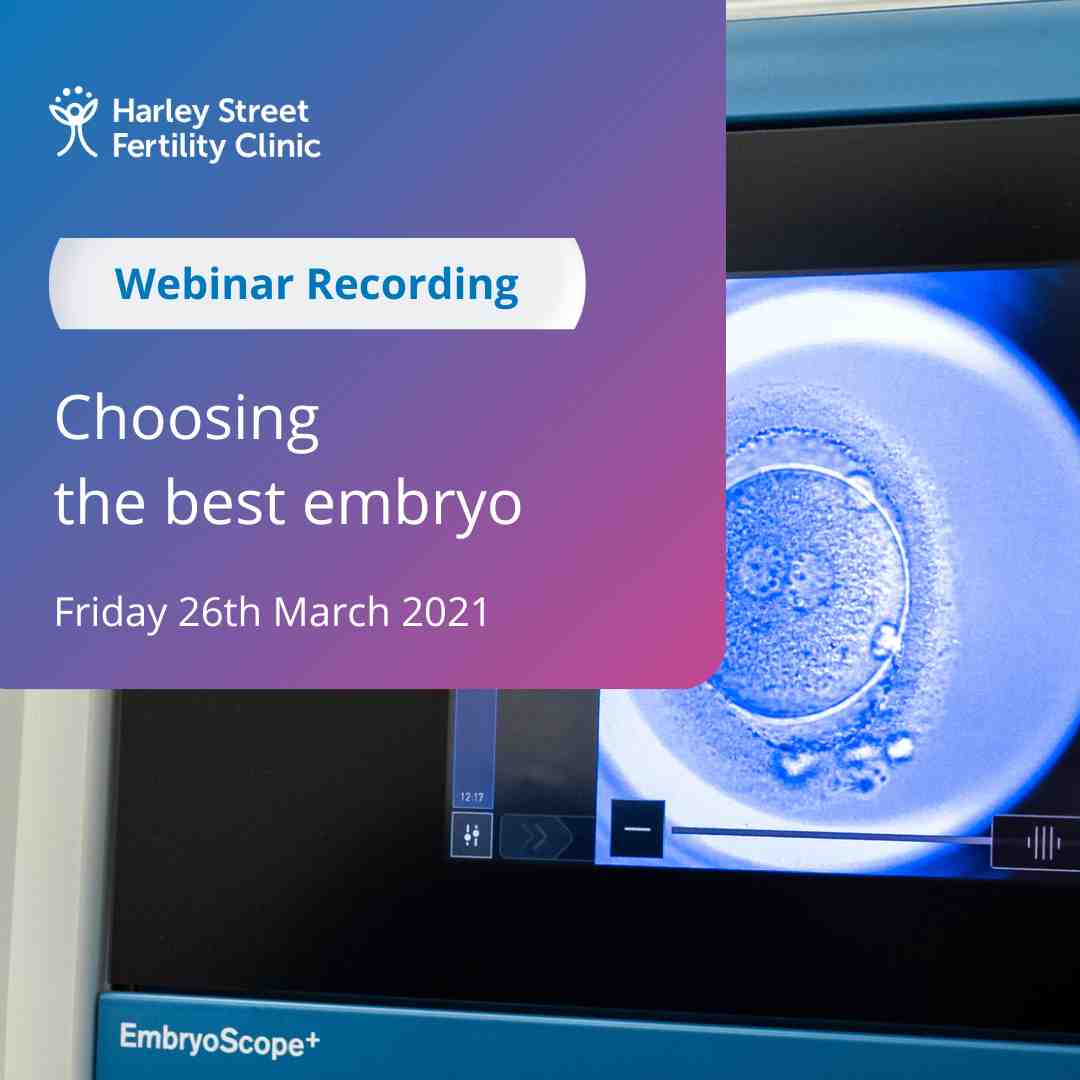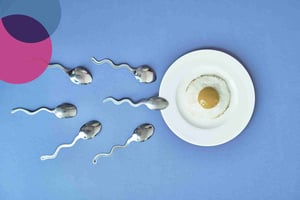
March 26, 2021
Choosing the best embryo
In conventional IVF, the prepared eggs and sperm are placed together in a culture dish to allow fertilisation to occur. The development of the embryos is monitored either daily, or continuously if time-lapse microscopy (Embryoscope™) is performed, for the next 3 to 6 days.
Culturing embryos in laboratory to day 5 or 6 gives the embryos the opportunity to develop. Some embryos would stop developing prior to day 3. This natural selection enables the embryologist to choose the best embryos which will most likely lead to a successful pregnancy. Culturing embryos in a time lapse incubator such as the Embryoscope or Geri system have been scientifically shown to improve clinical outcomes.
The most common cause of failure of implantation or miscarriage is embryos not containing the right number of chromosomes (aneuploidy). By performing pre-implantation genetic testing for aneuploidy (PGT-A), it is possible to check that an embryo has the right number of chromosomes prior to embryo transfer. This will increase the chance of success and reduce the risk of miscarriage.
Our webinar took place on Friday the 26th of March at 7.30 pm and had as panelists HSFC Director Dr Geetha Venkat, HSFC Embryology Lab Manager, Sam Knight, and HSFC General Manager, Suvir Venkataraman, to talk about embryos and how to choose the best one.
Learn about embryo (or blastocyst) grading, what makes an embryo suitable for implantation, the vitrification technique, time-lapse technology, preimplantation genetic testing, and more.
The panel will answer your questions at the end of the webinar.
To watch the recording of the webinar, please click below.
%20(1).jpg?upsize=true&upscale=true&width=400&height=200&name=NEW-%20Harley%20Street%20Fertility%20Clinic%20Open%20Evening%20March%202024%20(720%20x%20300%20px)%20(1).jpg)

.jpg?upsize=true&upscale=true&width=400&height=200&name=Open%20evening%20(6).jpg)